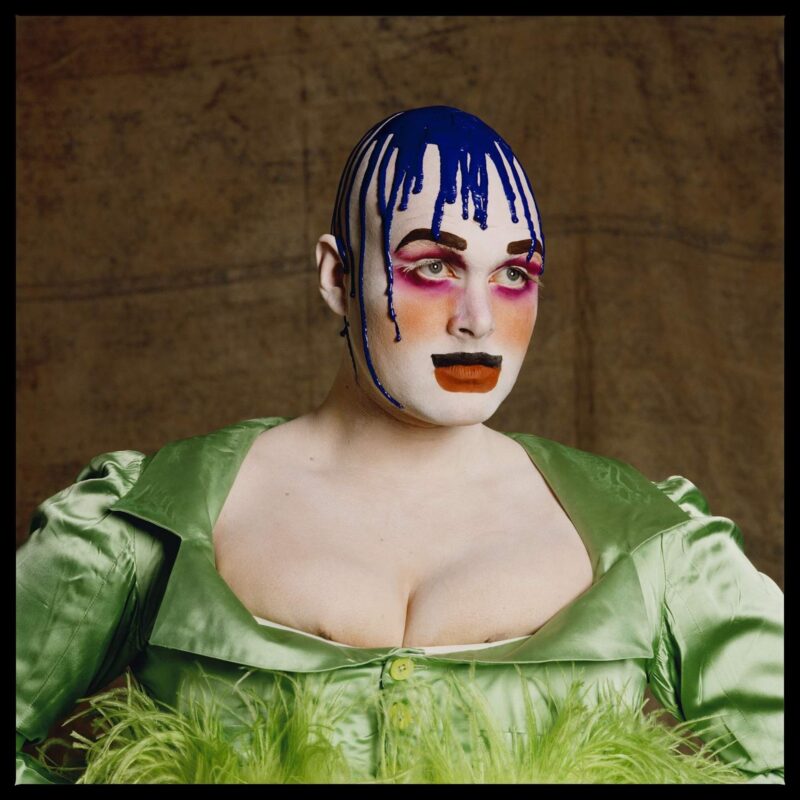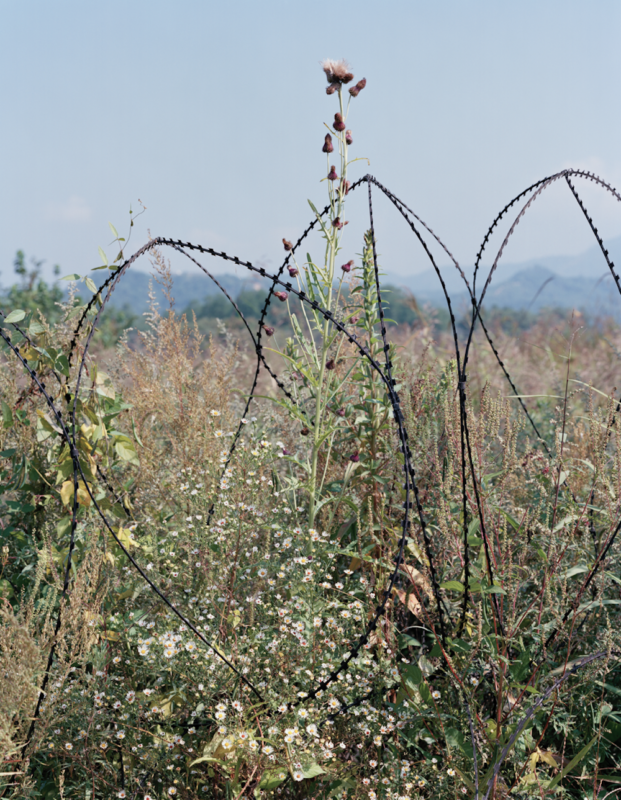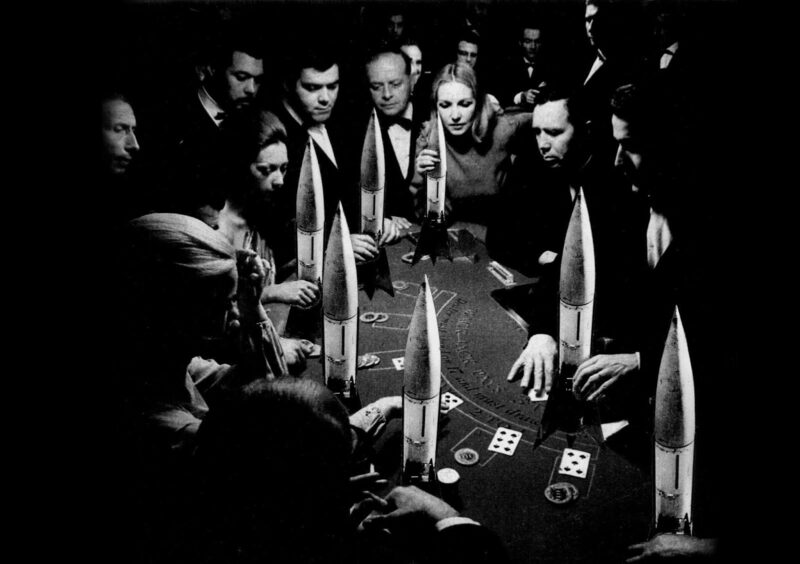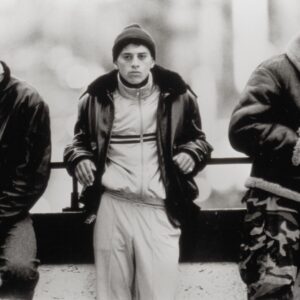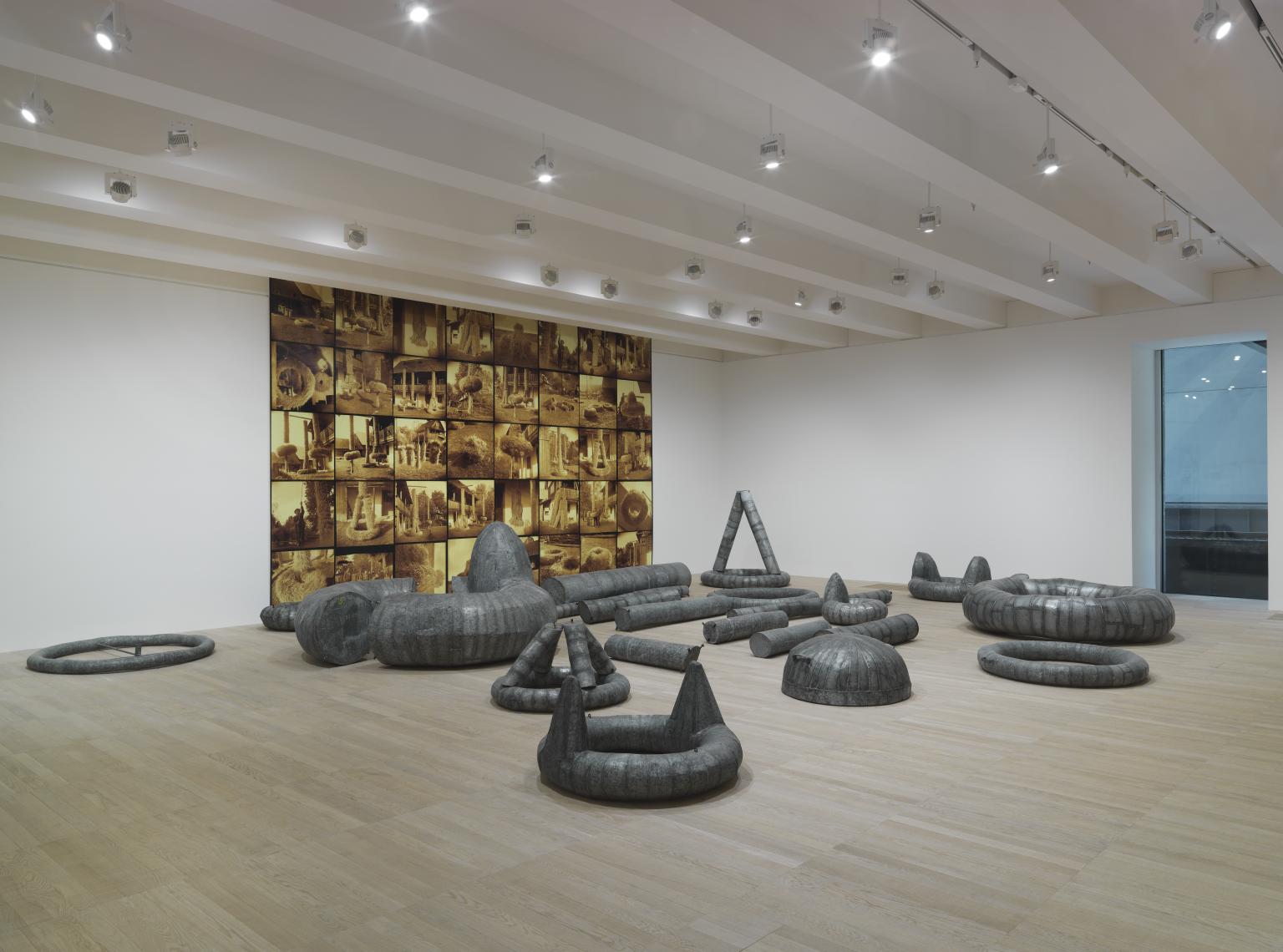
Ana Lupas: ‘The Solemn Process’, 1964–2008
It’s easy to forget that there’s ‘regular stuff’ at Tate Modern, the more so now that the Switch House expansion means there are three paying special exhibitions plus the Turbine Hall and the performance-based Tanks on at any one time.There are thirty-odd full room single artist displays, for example, and though the exhibition fare is rather male at the moment (Rauschenberg, Lam, The Radical Eye and Parreno), there’s a currently contrasting emphasis on women: some under-appreciated – such as Magdalena Abakanowicz, Sheela Gowda, Sirkka-Lissa Konttinen, Suzanne Lacy, and Maria Batuszova; others more widely known including, Bridget Riley, Phyllida Barlow and the Louises Bourgeois and Nevelson. Ana Lupas is certainly in the former category. ‘The Solemn Process’, 1964–2008, began as a communal project to continue the creation of ritual straw constructions in Transylvanian villages in the 1960’s. Only this century, following the activity’s decline, did Lupas developed the technique of sealing them in metal ‘tins’, so combining traditional ‘wreaths of wheat’ with the more modern and industrial associations of metal casing. At the famous-but-good-to-see end, there is an exemplary room of Rebecca Horn’s early work, showing the props from her body extension performances as sculptural objects alongside filmic and photographic documentation of their use. Some of these medical-come-animal enhancements, conceived while Horn herself was restricted by a long hospitalisation, are well known (eg the ‘Unicorn’ and ‘Feather Instrument’), others, such as this arrangement for expanding (or is it imprisoning?) the wearer by means of a red triangle, are rarely seen.
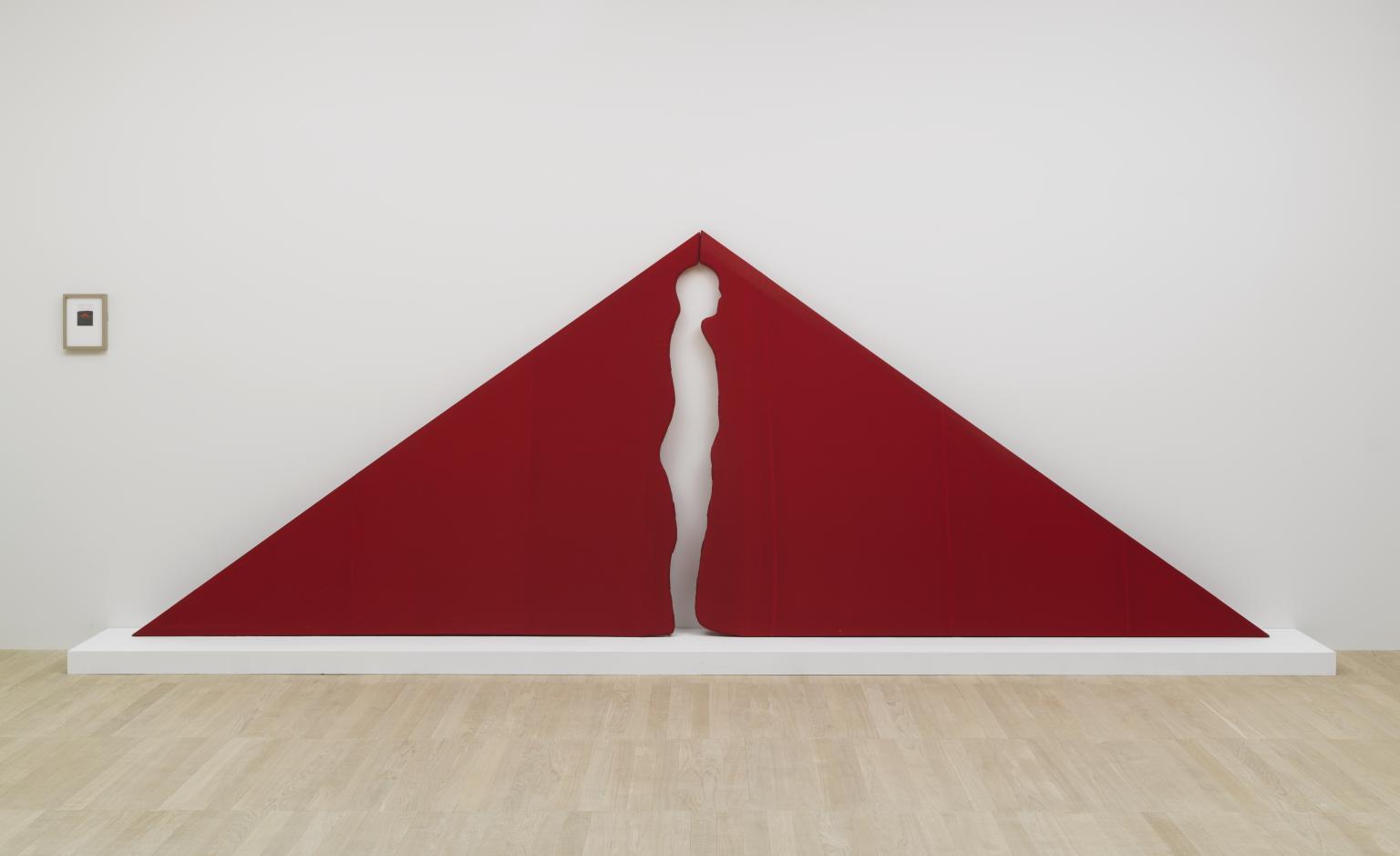
Rebecca Horn: ‘In the Triangle’, 1973–4
Most days art Critic Paul Carey-Kent spends hours on the train, traveling between his home in Southampton and his day job in London. Could he, we asked, jot down whatever came into his head?

